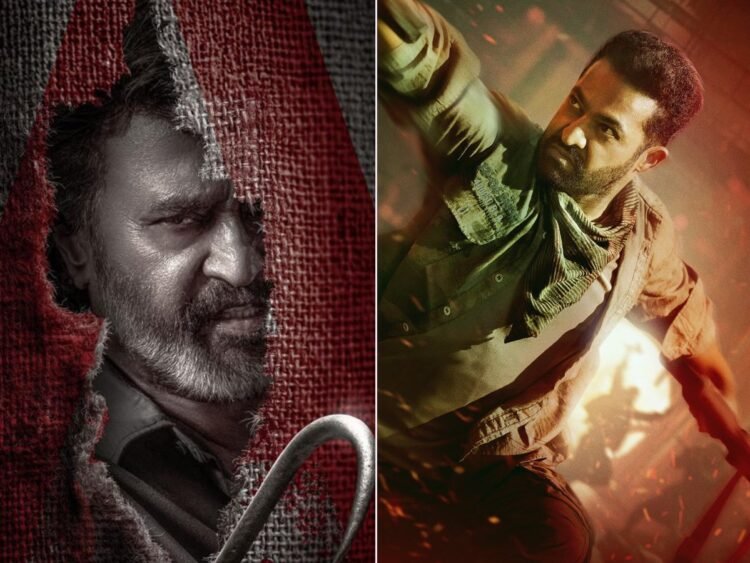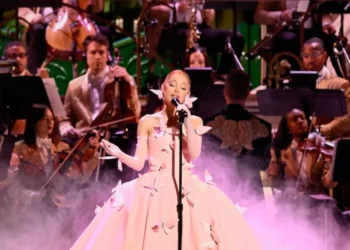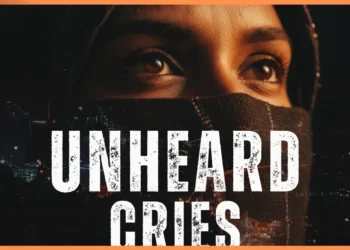A practice born of a blockbuster
When S.S. Rajamouli’s Baahubali stormed the box office in 2015, the Telangana and Andhra Pradesh governments introduced a one‑time “ticket‑rate hike” for the epic. The move, framed as a way to reward the state’s film‑making prowess and to capture a share of the extraordinary revenue, allowed exhibitors to charge a premium for a week‑long window.
The policy was hailed as a win‑win: producers recouped massive production costs, and the state collected additional taxes. Yet, what began as an exceptional measure for an unprecedented film soon turned into a default operating procedure for big‑budget Telugu releases.
From exception to expectation
Over the past decade, the “hike” has been applied to almost every high‑profile Telugu film—Saaho, RRR, Pushpa—regardless of whether the production budget, star power, or market potential justifies a premium. The process is now almost bureaucratic:
- Producer’s request – The producer files an application with the State Film Development Corporation (SFDC) and the respective film‑censor board, detailing the proposed uplift and the dates for the premium window.
- State approval – The Film Policy Committee, chaired by a senior bureaucrat from the Department of Information & Public Relations, meets within days and usually grants the request.
- Exhibitor compliance – The theatres in the state then publish the higher ticket price (typically an extra ₹30‑₹50 per seat) for the approved period, often a full seven days.
The criteria for approval have never been publicly disclosed. Industry insiders say the decision is largely “a matter of goodwill toward the producer,” while the state argues that the hike is a “temporary revenue sharing” mechanism meant to incentivise large‑scale productions that put the region on the cinematic map.
The new controversy: dubbed films and “non‑Telugu” projects
The latest wave of discontent stems from the extension of the hike to films that are not original Telugu productions, but merely dubbed or partially Telugu‑cast projects.
- Rajinikanth’s Coolie – A Tamil‑language blockbuster, Coolie will be released in Telangana and Andhra Pradesh in a dubbed Telugu version. The producers secured a week‑long ticket‑rate hike despite the film’s core production being outside the Telugu industry.
- Hrithik Roshan–N.T.R. War 2 – Although starring Telugu star N.T.R. Jr. (N.T.R.) in a prominent role, War 2 is a pan‑Indian, primarily Hindi‑language film. Producer Naga Vamsi bought the Telugu distribution rights for a staggering ₹80 crore and subsequently obtained the same rate‑hike approval that is routinely granted to home‑grown Telugu blockbusters.
Both moves have sparked a fresh round of criticism from cinema‑goers, cultural commentators, and even a few state legislators who argue that the policy is being weaponised as a “profit‑maximisation tool” rather than a genuine incentive for local filmmaking.
What the numbers say
| Film (Year) | Original Ticket Price (₹) | Hiked Price (₹) | Hike Duration | Reported Incremental Revenue (₹) |
|---|---|---|---|---|
| Baahubali (2015) | 120 | 170 | 7 days | 3.5 crore (est.) |
| RRR (2022) | 150 | 200 | 7 days | 5.2 crore |
| Coolie (2025) | 120 | 165 | 7 days | 2.8 crore (proj.) |
| War 2 (2025) | 140 | 190 | 7 days | 4.6 crore (proj.) |
Even though the incremental revenue per film appears modest compared to the overall box‑office haul, the cumulative effect across dozens of releases translates to over ₹300 crore in additional collections for producers and distributors in the two states annually.
However, the same data also reveal a steeper impact on average‑income audiences. The extra ₹30‑₹50 per ticket represents 12‑15 % of a regular ticket cost, a percentage that is significant for families who watch movies weekly—a cultural norm in both states.
The practice of “ticket‑rate hikes” is not unique to the Telugu belt. In Tamil Nadu, a similar scheme exists for films that achieve a “tax‑exempt” status after crossing a certain box‑office threshold. In Kerala, a modest “premium” window is sometimes offered for pan‑Indian releases.
What distinguishes the Telangana‑Andhra Pradesh model is its institutionalisation: the hike is applied automatically for a pre‑set seven‑day window and is rarely denied. This predictability has become a de‑facto financial lever for producers, especially those who secure high‑value regional rights, as seen with Naga Vamsi’s ₹80 crore acquisition of War 2.
Potential paths forward
- Transparent criteria – Publishing the exact parameters—budget thresholds, star power indices, expected box‑office collections—that trigger a hike would reduce speculation and perceived favoritism.
- Differentiated rates for dubbed vs. original productions – A modestly lower surcharge (e.g., ₹20 instead of ₹50) for dubbed films could preserve the incentive while acknowledging audience sensitivities.
- Revenue‑share model – Instead of a flat price increase, a percentage of the extra box‑office revenue could be routed to a state cultural fund, earmarked for film‑school scholarships, regional cinema preservation, and infrastructural upgrades.
- Audience feedback mechanism – A quarterly public forum, perhaps televised, could allow consumer groups to voice concerns, ensuring policymakers stay attuned to public sentiment.
Bottom line
What began as an extraordinary reward for a cinematic marvel has, over the last ten years, morphed into an entrenched, almost bureaucratic practice that benefits producers and distributors—sometimes at the expense of everyday movie‑goers. The latest controversy surrounding Coolie and War 2 is a clear signal that the balance is tipping.
If the state governments wish to sustain the vibrant Telugu film ecosystem while preserving public goodwill, they must evolve the ticket‑rate hike policy from a blunt instrument into a nuanced, transparent, and equitable framework. Otherwise, the very audiences that fuel the industry’s success may begin to push back—something no filmmaker, however big‑budget, can afford to ignore.























